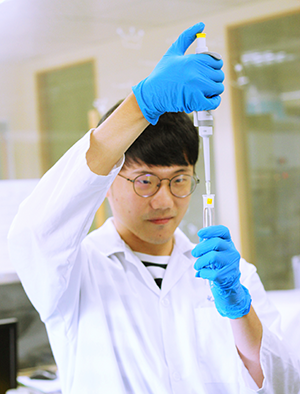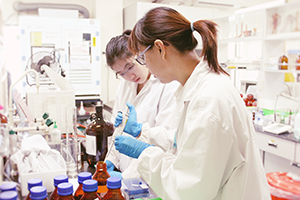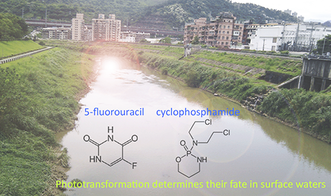Research Interest
|
Professor Lin’s teaching and research interests cover number of different areas of environmental chemistry. Part of her research group is focused on advanced analytical chemistry, investigating and exploring the occurrence of trace emerging contaminants such as pharmaceuticals and personal care products, endocrine disruptors, microplastics and per- and polyfluoroalkyl substances. In addition, her research group has been examining the detailed photochemistry and natural attenuation of these contaminants in natural and built aqueous environments. Water/wastewater treatment technology using solar energy with oxidants have been investigated for the sustainable water reuse.
|



